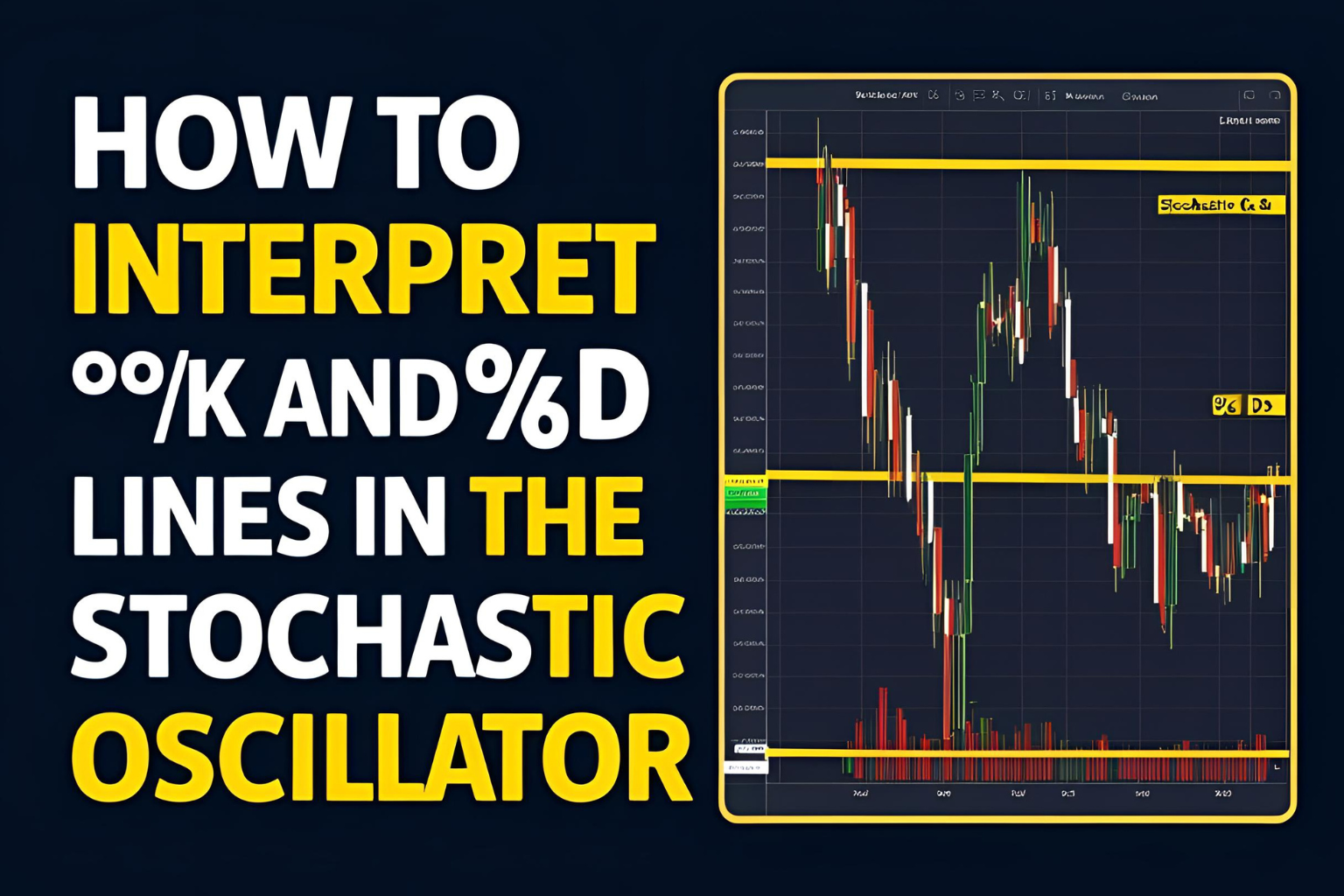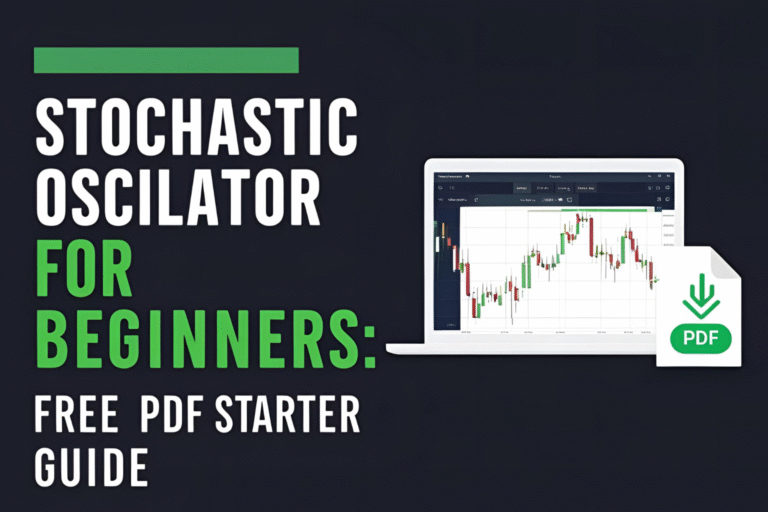How to Interpret %K and %D Lines in the Stochastic Oscillator
Introduction
The %K and %D lines are the foundation of the stochastic oscillator. They provide momentum insights and signal potential turning points in the market. But to use this indicator effectively, you must understand what these lines represent and how to interpret them. In this guide, we break down how to interpret %K and %D lines in the stochastic oscillator and apply them to real trading situations.
What Is the %K Line?
The %K line is the main line in the stochastic oscillator. It measures the current closing price relative to the high-low range over a set number of periods (usually 14).
Formula:
%K = (Current Close – Lowest Low) / (Highest High – Lowest Low) × 100
- It reflects short-term momentum.
- More volatile than %D.
- Reacts quickly to price changes.
What Is the %D Line?
The %D line is a moving average of the %K line, typically calculated over 3 periods. It acts as the signal line, smoothing out short-term noise and providing better clarity.
Think of it as a filter, helping traders avoid reacting to every small move.
How These Lines Work Together
| Behavior | Signal |
|---|---|
| %K crosses above %D | Bullish (buy signal) |
| %K crosses below %D | Bearish (sell signal) |
| Both lines in overbought (>80) | Market may be topping |
| Both lines in oversold (<20) | Market may be bottoming |
When the two lines cross, it indicates a shift in momentum, which can precede a price reversal.
Signal Strength Based on Location
- Crossover below 20 = Strong potential buy signal
- Crossover above 80 = Strong potential sell signal
- Crossover between 40-60 = Neutral, less reliable
Visualization Tips
- Plot both lines on your chart with clear contrasting colors.
- Add horizontal levels at 20 and 80 for easy reference.
- Use vertical lines to mark crossovers for better signal tracking.
Real Example
Let’s say:
- %K = 15
- %D = 20
- %K crosses above %D in the oversold zone (below 20)
This suggests that momentum is shifting upward, and a buy opportunity may be forming.
When to Be Cautious
- In strong trends, crossovers can happen early and lead to false reversals.
- Avoid acting solely on %K/%D crossovers without trend confirmation.
- False signals are more common when both lines hover around 50.
Conclusion
To trade the stochastic oscillator effectively, you need to clearly interpret %K and %D lines. These lines reveal momentum shifts, especially when crossovers occur in extreme zones. Use them in conjunction with other tools like trendlines, support/resistance, or volume to increase reliability.
FAQs
Q1. What is the main difference between %K and %D?
%K is the raw oscillator value; %D is its smoothed version (signal line).
Q2. Which is more important for signals—%K or %D?
Signals form when %K crosses the %D line, so both are important together.
Q3. What setting is best for %K and %D?
Default is 14,3,3, but day traders may use faster settings like 5,3,3.
Q4. Can %K and %D stay in overbought/oversold for long?
Yes, especially in strong trends. Always confirm with price action.
Q5. Are %K/%D crossovers enough to trade?
No. They work best with confirmation from trend indicators or chart patterns.



